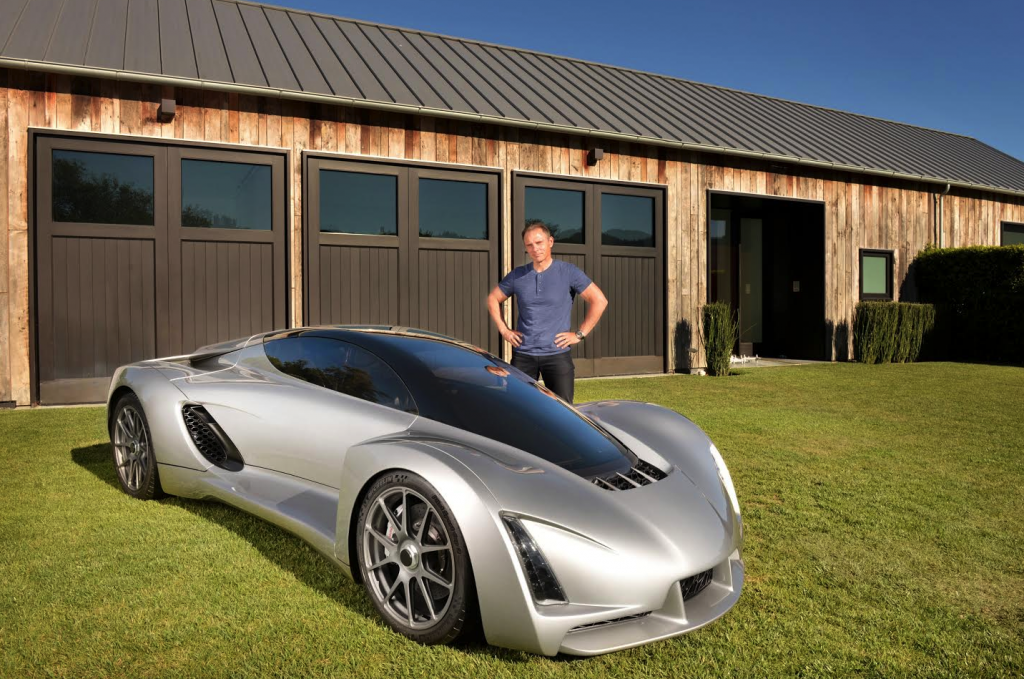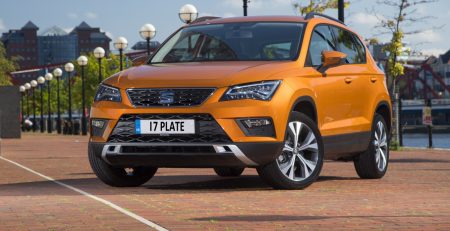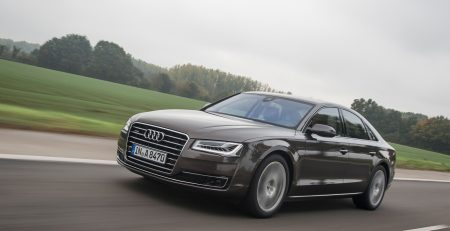London announced a T-charge from late 2017 for Euro 4 (EU4) vehicles, while Stuttgart banned Euro 5 too. Will London step u read more
World's first 3D printed supercar is unveiled
A "supercar" that relies on 3D printing for its central structural components has been designed by Divergent Microfactories, headed by Kevin Czinger, founder and CEO, and is a high performance, lightweight car constructed to be built in small volumes in low-cost factories around the world.
The argument for this idea is that it highlights the potential for new manufacturing techniques designed for low production runs and flexible designs to challenge the economics of large-scale auto plants.
Divergent say that the supercar in question, the Blade, is built on a chassis that is considerably lighter than traditional cars at 90 per cent thanks to the central, 3D printed joint where carbon fibre rods are inserted. The Blade can reach incredible speeds from 0 to 60mph in about two seconds.
 Kevin Czinger, Founder and CEO, Divergent Microfactories, Inc. with the Blade Supercar
Kevin Czinger, Founder and CEO, Divergent Microfactories, Inc. with the Blade Supercar
Kevin Czinger says his reasons for wanting to change the traditional approach to manufacturing comes from his experience as co-found of electric car company, Coda Automotive, which filed for bankruptcy in 2013.
He said that involvement led him to investigate new and more flexible forms of manufacturing, since the high cost of tooling to make Coda's vehicles left it unable to respond fast enough to changing circumstances.
An amount of $10 million is required to be raised in order to build a plant over the next 18 months to hone the tooling needed for the vehicle, according to found and chief executive, Kevin Czinger.
Mr Czinger adds that Divergent will then sell its formula to entrepreneurs to raise the same amount to build their own plants to make the car.
The use for 3D printing is utilised for creating prototypes of plastic components including interior knobs, speaker grilles and air vents.
However, it is suggested that the use of 3D printing in mass production is far from being the regular process, and conventional carmaking methods continue to be fasted and more cost-efficient.




